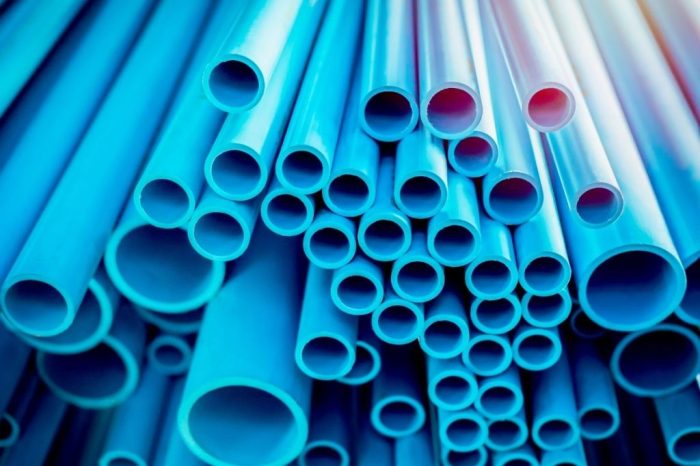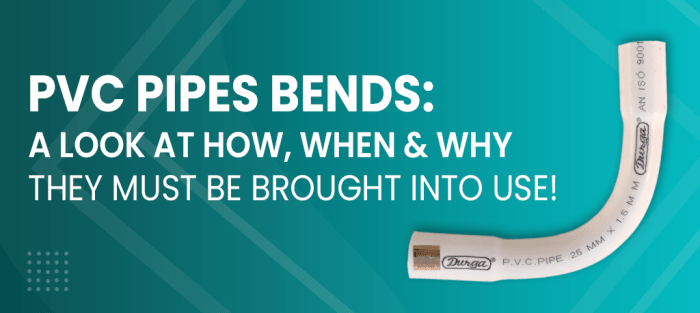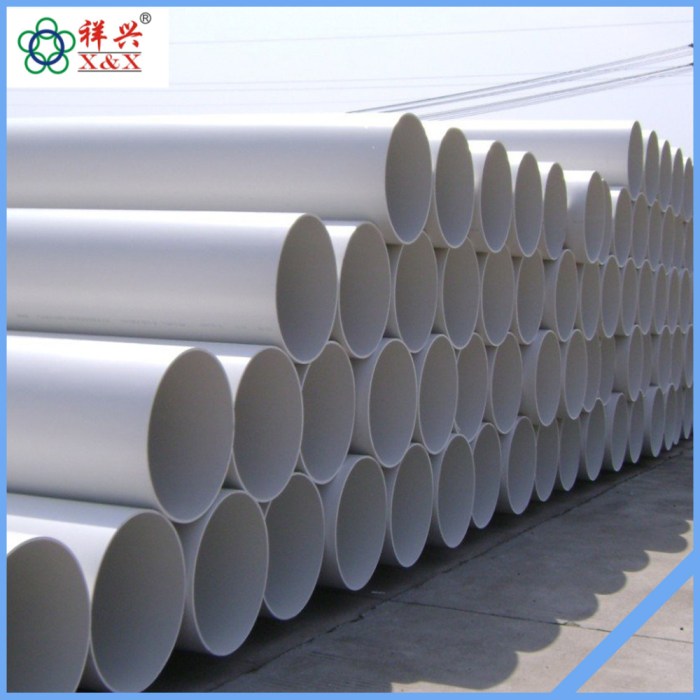To prevent flattening when bending larger diameter pvc pipe use – Understanding the phenomenon of pipe flattening during bending is crucial for maintaining the integrity of PVC pipes. This guide explores various techniques and considerations to prevent flattening, ensuring the successful bending of larger diameter PVC pipes.
Factors such as pipe material, diameter, and bending radius significantly influence the likelihood of flattening. Techniques to prevent flattening include heating, using bending aids and supports, and employing proper post-bending handling and storage practices.
Understanding Pipe Flattening: To Prevent Flattening When Bending Larger Diameter Pvc Pipe Use

Pipe flattening is a phenomenon that occurs when larger diameter PVC pipes are bent, causing the pipe to deform and lose its circular cross-section. This flattening can significantly reduce the pipe’s flow capacity and structural integrity.
Several factors contribute to pipe flattening, including the material of the pipe, the diameter of the pipe, and the radius of the bend. PVC pipes are particularly susceptible to flattening due to their relatively low modulus of elasticity compared to other materials such as steel or copper.
Preventing Flattening Techniques, To prevent flattening when bending larger diameter pvc pipe use
There are several techniques that can be employed to prevent pipe flattening during bending. These techniques can be categorized into two main approaches:
- Mechanical Support:This involves using external supports or internal mandrels to maintain the pipe’s shape during bending.
- Thermal Softening:This involves heating the pipe to make it more pliable and less likely to flatten.
Pipe Heating and Bending
Heating PVC pipes prior to bending can significantly reduce the risk of flattening. Heat softens the material, making it more pliable and easier to bend without deformation. There are two common methods for heating PVC pipes:
- Heat Guns:Handheld heat guns can be used to apply heat directly to the area of the pipe that will be bent.
- Hot Water Baths:PVC pipes can be submerged in hot water baths to heat them uniformly.
Bending Aids and Supports
In addition to heating, various bending aids and supports can be used to prevent pipe flattening. These include:
- Mandrels:Solid rods or inflatable tubes that are inserted into the pipe to maintain its shape during bending.
- Bending Springs:Flexible coils that are wrapped around the outside of the pipe to provide support during bending.
- Internal Supports:Plugs or blocks that are inserted into the pipe to prevent collapse.
Post-Bending Considerations
Proper handling and storage of bent PVC pipes are crucial to prevent flattening after bending. The following guidelines should be followed:
- Support and Secure:Bent pipes should be supported and secured to prevent deformation during handling and storage.
- Avoid Excessive Loading:Bent pipes should not be subjected to excessive loading or pressure that could cause flattening.
- Repair Flattened Pipes:If a pipe is flattened, it can be repaired by carefully reheating the flattened area and reshaping it.
Question Bank
What is pipe flattening?
Pipe flattening is the deformation of a pipe’s cross-section during bending, resulting in an oval or flattened shape.
How can I prevent pipe flattening when bending PVC pipes?
Techniques to prevent pipe flattening include using heat, employing bending aids such as mandrels or bending springs, and ensuring proper post-bending handling and storage.
Why is it important to prevent pipe flattening?
Pipe flattening can weaken the pipe’s structural integrity, reduce flow capacity, and increase the risk of leaks or failures.


